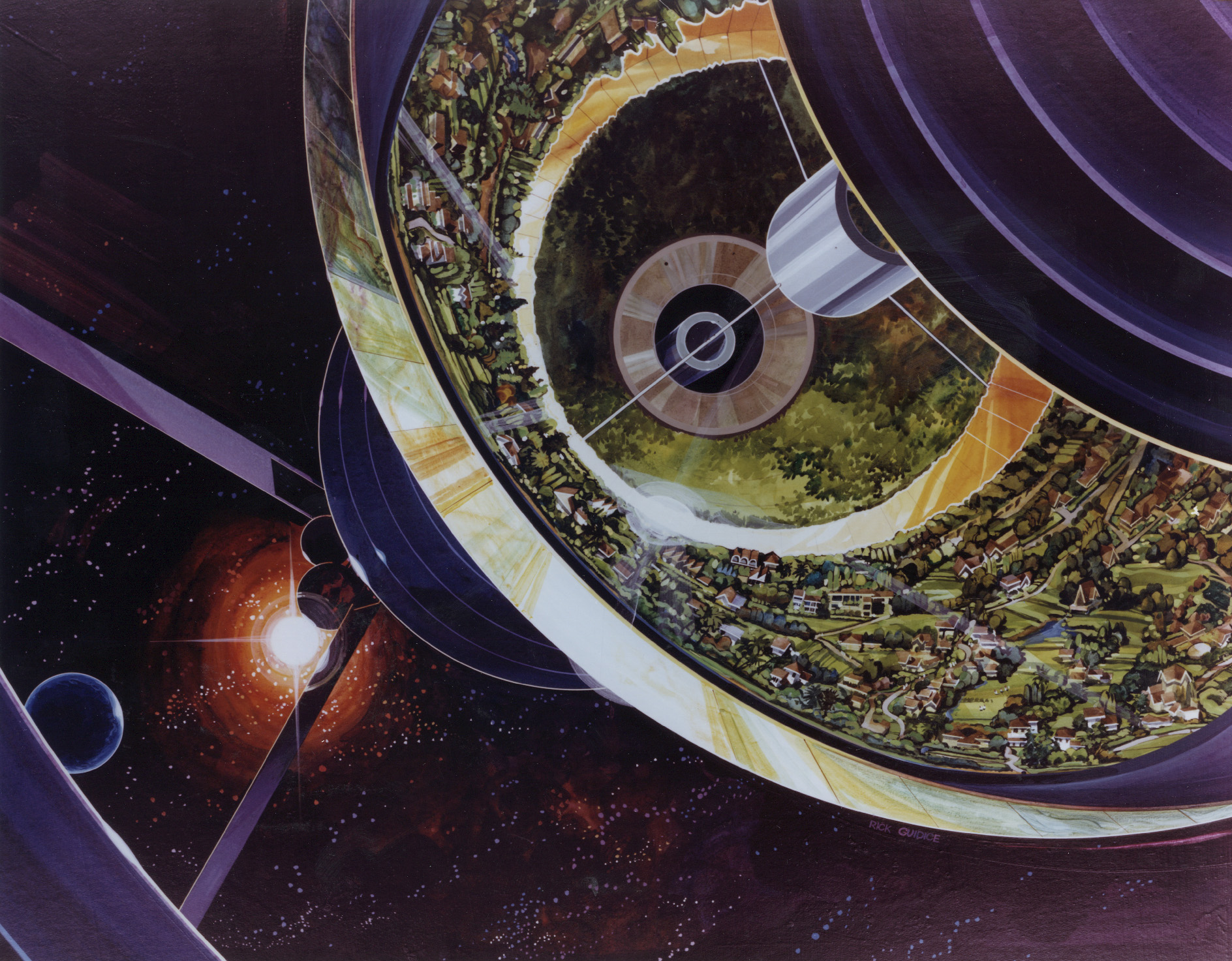Since the USSR launched Sputnik in 1957, the number of satellites in LEO has grown leading to an increasing threat of collisions. The Space Safety Coalition, a confederation of voluntary participants, has established a set of guidelines to mitigate the risk of interruption of vital space services that could arise if collisions occur. The SSC published the Best Practices for the Sustainability of Space Operations in September 2019 with 42 recommendations affecting not only the design of spacecraft but on-orbit procedures to ensure long term safety and sustainability.
Orbit Fab nails NSF funding for on orbit refueling tech
The San Francisco based company will use the $250,000 award to test its docking system toward commercialization of satellite refueling
Interstellar travel using Q-Drive
An analysis of this innovative propulsion system credited to Jeff Greason of the Tau Zero Foundation is provided by Alex Tolley. The method for powering a starship saves fuel by extracting energy from plasma streams in the interstellar medium (or closer to home, from the solar wind) and converting it to momentum using onboard fuel to propel the ship. Although there are engineering challenges, the physics is sound and the savings in fuel enables the system to accelerate payloads to 20% of the speed of light.
MAXIM – Maximum Impact Moon Mission
The University of Southern California’s Department of Astronautical Engineering has just published the final report of Dr. Madhu Thangavelu’s, course ASTE 527 Space Concepts Studio, the theme of which features the MAXIM architecture proposed for NASA’s Artemis program for return of humans to the moon. Be sure and watch the recorded presentation of the report which features the classic video “Wanderers” with commentary written and narrated by Carl Sagan. The class is held each fall and has an archive of each year’s reports, an excellent repository of creative concepts for space development.
Asteroid mining spacecraft under development
An Embry-Riddle alumna uses 3D-printing and partial-gravity simulations to validate the design of an asteroid hopper spacecraft under a NASA funded research project
Space Tango on cutting edge of orbital manufacturing research
The startup’s customers are studying zero-G materials processing, medical devices, flow chemistry and other processes through their plug and play systems on the ISS. But the company’s long term goal is scalable manufacturing leveraging the microgravity environment to add value through their planned orbiting platform called ST-42, which will operate autonomously from the ISS.
Additive manufacturing starting to impact multiple space sectors
Satellite manufacturers and launch companies are leveraging 3D printing to reduce costs enabling cheaper access to space
Modeling a life support system for a multi-generation starship
A computer simulation has been developed by a pair of French scientists described in a paper submitted to arXiv.org and accepted for publication in the Journal of the British Interplanetary Society. The model predicts the resources needed for an environmental control and life support system on a multi-generation interstellar mission.
A trip back in time
A nostalgic view from 1991 brought to you by my old newsletter Space Colonization Progress. Ahhhh memories!
Update: all issues of SCP are now available on the Vintage page
Experiencing the Overview Effect
First coined by philosopher Frank White in his book of the same name, the Overview Effect instilled a profound cognitive change of awareness for astronauts who have made it to space thus far. When seeing the Earth from space these individuals report having an overwhelming sense of wonder and awe, unity with nature and all of humanity. Hopefully, more of us will be able to experience this phenomenon in the near future when space becomes more accessible to more people. Until then, you can get a sense of what they felt in a YouTube series called NASA Down to Earth.
